 World Biofuel Day is observed every year on 10th of August to create awareness about the importance of non-fossil fuels as an alternative to conventional fossil fuels and highlight the various efforts made by Government in the biofuel sector. Ministry of Petroleum & Natural Gas will organize World Biofuel Day on 10th August 2019 at Vigyan Bhavan, New Delhi. Minister of Petroleum & Natural Gas & Steel Dharmendra Pradhan will inaugurate the program. Minister of Health & Family Welfare, Science & Technology and Earth Sciences Dr Harsh Vardhan will be the Chief Guest of the function. This year the theme of the World Biofuel Day is “Production of Biodiesel from Used Cooking Oil (UCO).”
World Biofuel Day is observed every year on 10th of August to create awareness about the importance of non-fossil fuels as an alternative to conventional fossil fuels and highlight the various efforts made by Government in the biofuel sector. Ministry of Petroleum & Natural Gas will organize World Biofuel Day on 10th August 2019 at Vigyan Bhavan, New Delhi. Minister of Petroleum & Natural Gas & Steel Dharmendra Pradhan will inaugurate the program. Minister of Health & Family Welfare, Science & Technology and Earth Sciences Dr Harsh Vardhan will be the Chief Guest of the function. This year the theme of the World Biofuel Day is “Production of Biodiesel from Used Cooking Oil (UCO).”
Biofuels have the benefits of reduction of import dependence, cleaner environment, additional income to farmers and employment generation. Biofuel program also compliments Government of India’s initiatives for Make in India, Swachh Bharat and increasing farmers income. A number of initiatives have been undertaken to increase production and blending of biofuels since 2014.
In India, the same cooking oil is used for repeated frying which adversely affects the health due to formation of polar compounds during frying. These polar compounds are associated with diseases such as hypertension, atherosclerosis, Alzheimer’s disease, liver diseases among others. UCO is either not discarded at all or disposed off in an environmentally hazardous manner choking drains and sewerage systems.
The National Policy on Biofuels, released by the Government of India in 2018, envisages production of biofuel from UCO. Food Safety and Standards Authority of India (FSSAI) is implementing a strategy to divert UCO from the food value chain and curb current illegal usage. The benefits of transformation of UCO will help bring health benefits as there would be no recycling of the UCO, employment generation, infrastructural investment in rural areas & cleaner environment with reduced carbon footprint.
At present, approximately 850 crore liters of High Speed Diesel (HSD) is consumed on a monthly basis in India. The National Policy on Biofuels – 2018 envisages a target of 5% blending of Biodiesel in HSD by 2030. In order to achieve the blending target, 500 crore liters of biodiesel is required in a year. In India, approximately, 22.7 MMTPA (2700 crore liters) of Cooking Oil is used out of which 1.2 MMTPA (140 crore) UCO can be collected from Bulk Consumers such as hotels, restaurants, canteens, etc. for conversion, which will give approximately 110 crore liters of biodiesel in one year. Presently there is no established collection chain for UCO. Thus, there is a huge opportunity in production of biodiesel from UCO.
To facilitate the production of Biodiesel from UCO, the Oil Marketing Companies shall float an Expression of Interest (EOI) for procurement of biodiesel from used cooking oil across 100 cities. The purpose of inviting this EOI is to encourage the applicants to set up biodiesel producing plants from used cooking oil (UCO), processing plants and further utilizing the existing potential of UCO based bio-diesel in India.
On this occasion, a sticker on RUCO viz., Repurpose Used Cooking Oil and a mobile app to facilitate the collection of UCO shall also be released by FSSAI.
Interactive sessions on Second Generation Ethanol & Biodiesel from UCO shall also be held. The sessions will focus on issues and hurdles being faced by the sector and dwell on how to overcome these hurdles for effective implementation of the blending program across the country.


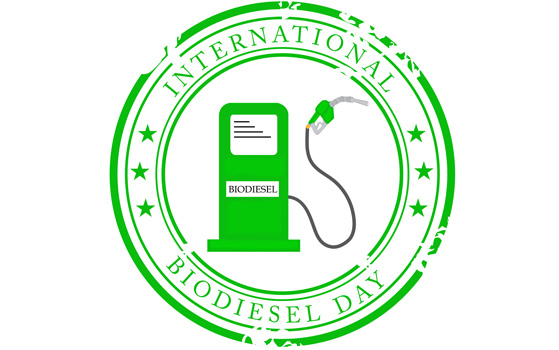
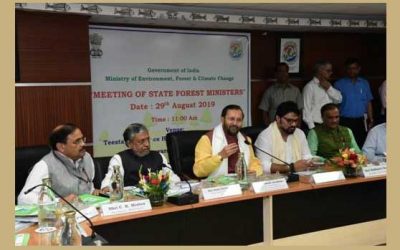

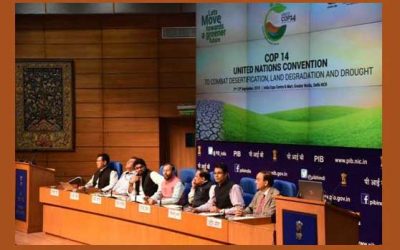

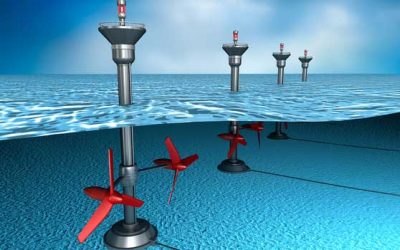
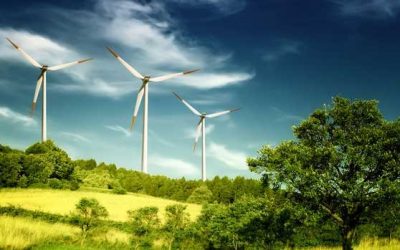
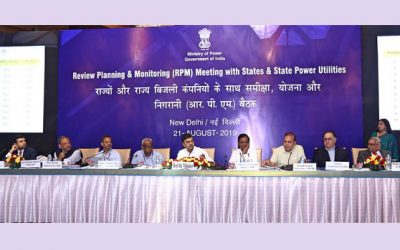
0 Comments